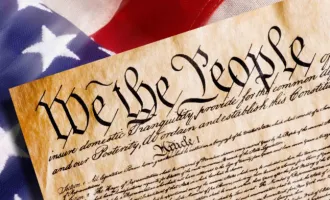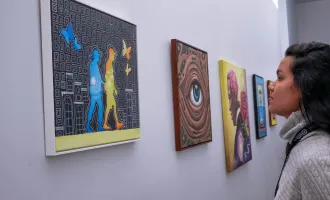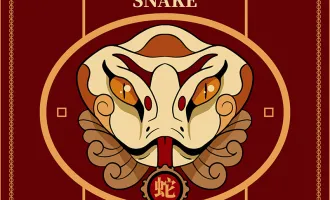
Brahms Visits Cole Hall
Rushing over to Cole Hall after the end of a small group meeting in the library, I was initially feeling a little cranky. Not only had the group ended late, but I had also missed the free lunch promised (the object of perpetual desire for medical students) as part of today’s Chancellor’s Concert Series, a biweekly event that brings professional musicians onto campus for a free performance open to the community.
After an affably informal introduction of Jonah Kim on cello and pianist Christine McLeavey Payne, both members of Ensemble SF, an organization that puts on chamber music performances around the Bay Area, the duet played their first notes.
I sat up. Kim’s cello boomed out the triumphant refrain of the Allegro vivace, the first movement of Brahms’ Sonata for Cello and Piano, No. 2. The lustrous, powerful lower range of the instrument trumpeting dotted eighth-sixteenth note rhythm energized me, and my slouch disappeared as the cellist’s shimmering portato articulations of the melody danced to Payne’s piano.
After this initial pomp, the following three movements mesmerized with equal energy but contained a more joyful, cheery abandon. The Allegro passionate-Trio, in particular, sparkled with a dance-like cadence as the cello alternated between a brushlike spicatto bowing to notes with such force that the cellist’s endpin on the instrument bent visibly at times.
By the end of the carefree finale, Allegro molto, I had recalled why I missed live classical music.
After the performance, I sat down with Payne and Kim and talked Brahms. The Second Sonata, they said, was the less played and the technically harder of the two that the composer had written. Brahms composed it for his friend, the cellist Robert Hausmann, who, as Kim told it, barely possessed the technical acumen to perform the piece.
“One day [Hausmann] was practicing the piece with the piano, and remarked [to Brahms], ‘You know what, Brahms, I can hardly hear myself.’ Brahms responded, ‘Lucky for all of us.’”
Kim loves the Second Sonata for its liveliness. An energetic young musician who spoke with his hands as much as his words, Kim effused about how Brahms created three complex melodic voices throughout the sonata with only two instruments. As he put it, “Monotony is the enemy of music.”
Payne was more soft-spoken and reflective. The piano part, she said, reminded her of Brahms’ orchestral works, as he used the full range of the instrument to express his “symphonic mind.” A former scientist who holds a bachelor’s degree in physics, Payne likened music to the research and caring that goes on at UCSF; both, she said, involve a deep curiosity that “gets into your blood.”
Ensemble SF is a local chamber music organization that focuses on making classical music more accessible for the everyday person. Admirably, for every for-profit performance, Ensemble SF does a show gratis at a grade school, nursing home or homeless shelter. They also hold Opus 415 events where musicians play chamber music in an informal setting, chat with audience members, and eat, drink and be merry.
Impressed by the level of music-making that afternoon, I later talked with Dr. Pearl Toy, who founded the Chancellor’s Concert Series in 1998. As Toy tells it, she had the ear of then-Chancellor Haile Debas, and after agreeing to tune up the old piano in Cole Hall, he asked in typical physician fashion, “What else?” Toy jumped on his request and the Chancellor’s Concert Series was born.
Since then, the Chancellor’s Concert Series has featured musicians from the San Francisco Symphony and the San Francisco Conservatory of Music for the listening pleasure of staff, faculty, patients, students and the community at large. Unfortunately, seeing the paucity of student attendance as I left the hall, I resolved to increase my classical music proselytizing and bring more friends to an event that uplifted my spirits and turned a bad day around.


